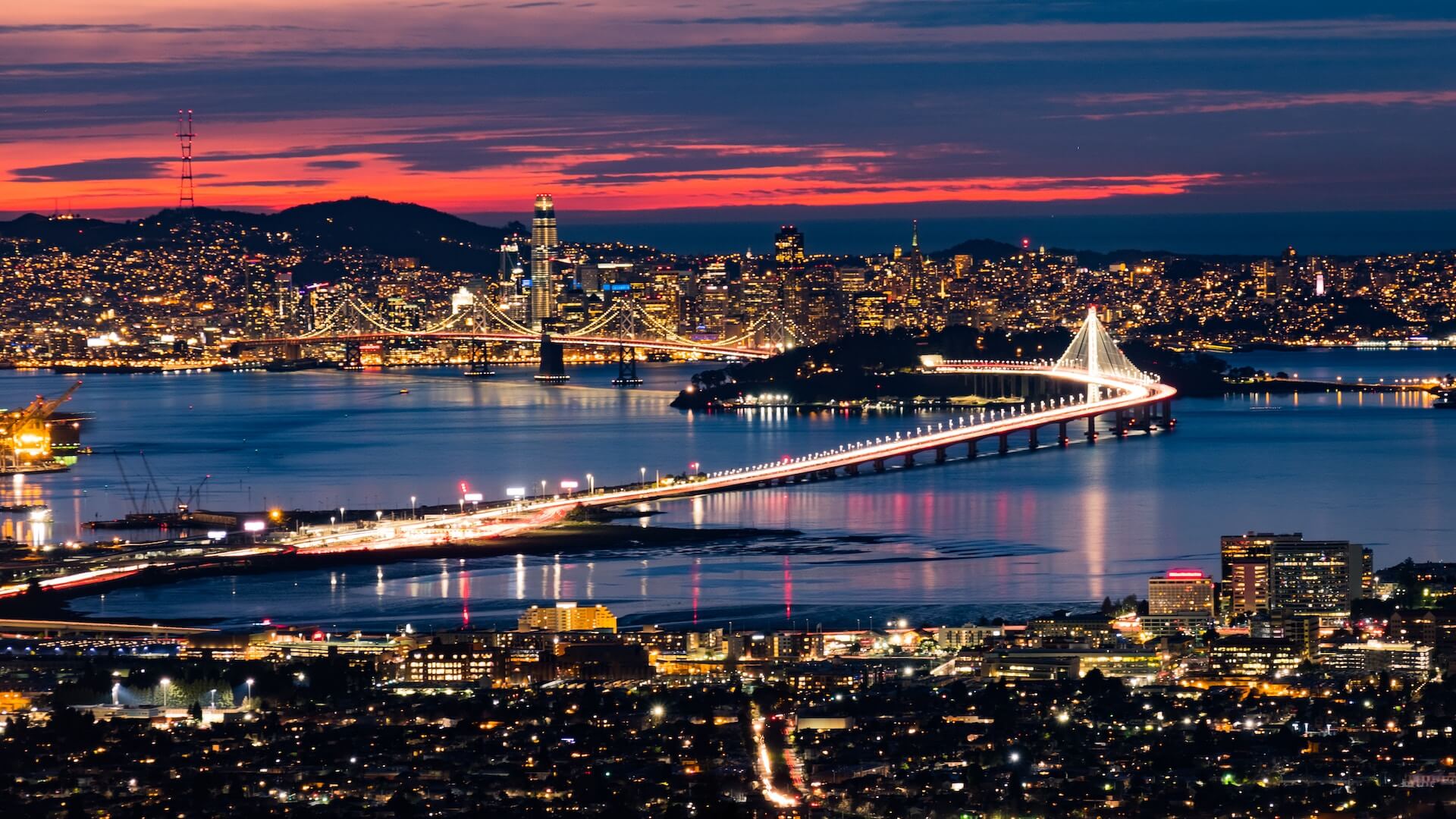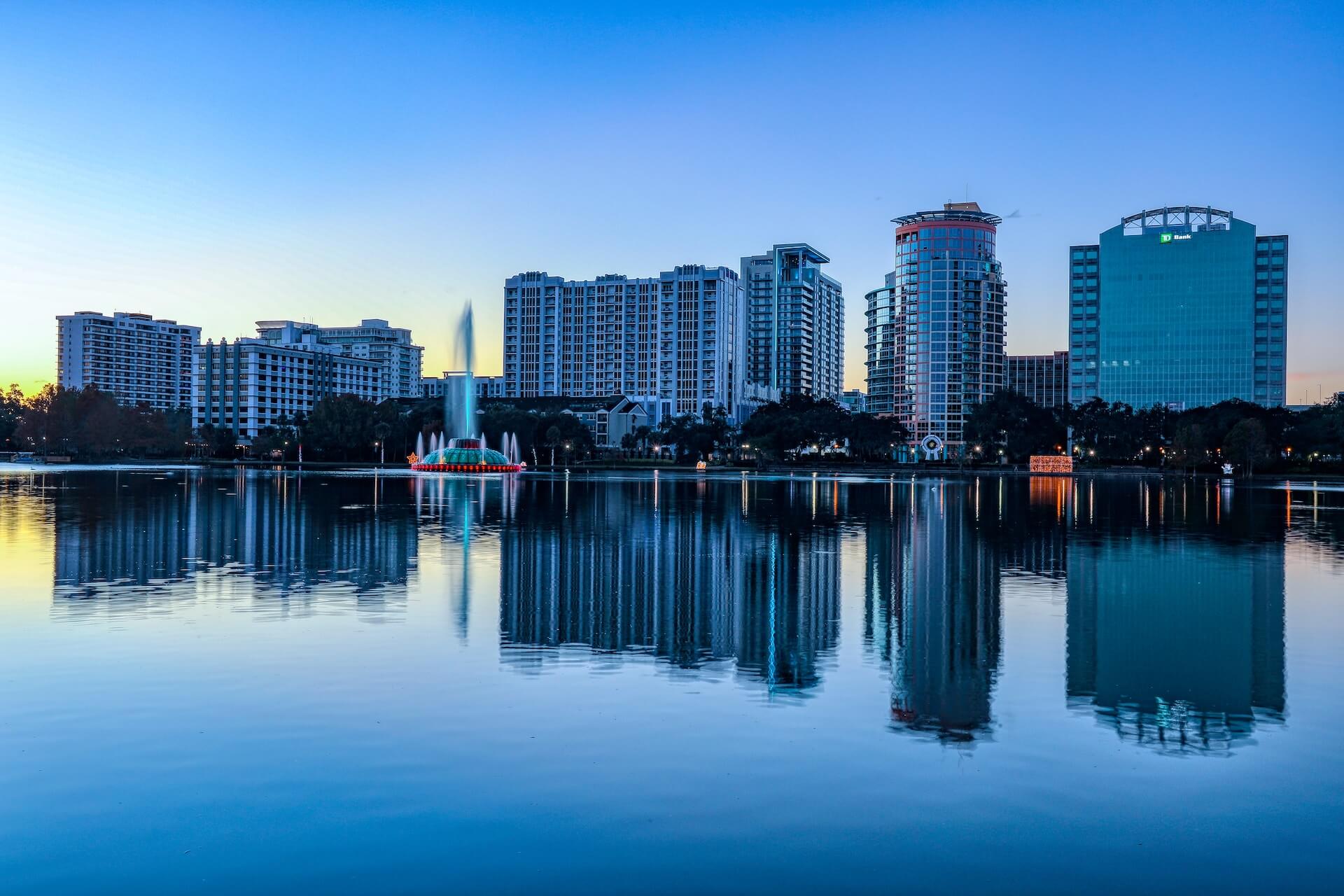Datassential Ranks America’s Most Food-forward Cities
by David Klemt

Let’s take a look at food and beverage intel platform Datassential’s ranking of the 158 most food-forward cities in America as 2023 comes to a close.
We are, in part, reviewing this list because of Wallethub’s “Best Foodie Cities in America” report. You can find our thoughts on that ranking here.
To summarize, however, Wallethub prioritizes “wallet-friendliness,” or “the best and cheapest” cities for foodies. In contrast, Datassential’s ranking is a scientific attempt to quantify the “food-forward” status of a given city.
“It’s the diversity of cuisines, the prevalence of emerging foods and flavor trends and residents’ appetite for varied menus, that make a city food forward,” writes Samantha Des Jardins, content marketing manager at Datassential.
We at KRG Hospitality are big fans of Datassential and find the company to be a credible source of industry insight. Earlier this year they tackled video versus static photography, and the flavors and menu items they predicted would be big in 2023.
To review Datassential’s ranking and download the full list for yourself, click here.
The Top 25 Food-forward Cities
Alright, I know why you’re here. Below, you’ll find the highest-ranked cities on the Datassential list.
(Note: Due to the scoring, some cities are tied in terms of overall points. Where this is the case, it has been noted.)
- San Francisco, California
- Los Angeles, California
- Miami, Florida
- Washington, DC
- San Diego, California
- New York, New York
- Houston, Texas
- Monterey, California
- Las Vegas, Nevada
- Austin, Texas
- Sacramento, California
- West Palm Beach, Florida
- Atlanta, Georgia
- Dallas, Texas (tie with Atlanta)
- Albuquerque, New Mexico
- Phoenix, Arizona
- Portland, Oregon
- Palm Springs, California
- Seattle, Washington
- Orlando, Florida
- Denver, Colorado (tie with Orlando)
- Honolulu, Hawaii (tie with Orlando and Denver)
- Salt Lake City, Utah
- Tampa, Florida
- Fresno, California (tie with Tampa)
So, the top ten—the entire top 25, really—are most likely not much of a surprise. When I talk about cities as the “usual suspects” for rankings like these, I’m talking about New York, LA, San Francisco, Miami, etc.
However, not every usual suspect is among the top 25. Notably, Chicago just fails to make the cut, earning number 26 on this list. In fact, five “big cities” are absent from Datassential’s top ten: Dallas, Phoenix, San Antonio, Chicago, and Philadelphia.
Another interesting detail? Whereas Orlando holds the number-one spot on Wallethub’s list, it’s number 20 on Datassential’s ranking.
Of their respective top tens, the two lists have just five cities in common: Miami, San Francisco, San Diego, Las Vegas, and Austin.
Methodology
Since the two lists are vastly different when we contextualize what they quantify, it should come as no surprise that Datassential and Wallethub’s methodologies are likewise dissimilar.
Whereas Wallethub scored affordability, and diversity, accessibility, and quality, Datassential weighed different metrics.
For their “Most Food-forward Cities in US,” Datassential scored the following:
- Race to 90;
- Ethnic restaurant diversity; and
- Trend-forwardness.
During Datassential’s annual State of the Menu webinar, Jack Li, executive chairman, board of directors explained each of these metrics.
Race to 90
The number different cuisine types required in a particular metro area before reaching 90 percent of restaurants.
For the curious, Miami is the most-diverse city by this metric.
Ethnic Restaurant Diversity
Datassential asks the following question to measure this metric: What is the proportion of ethnic restaurants compared to all restaurants in a metro area?
Trend-forwardness
Based on a dataset developed by Datassential which tracks a number of points, from food and drink items to flavors, keywords, and beyond.
The company continuously polls consumers by ZIP code to measure consumer knowledge of upcoming trends, then aggregates the ZIP codes to measure a metro area.
The Bottom Eleven
Why am I listing the bottom eleven rather than bottom ten? There’s a tie for number 149 among these 158 cities.
There are nearly 800 cities in the US with populations of 50,000 or more. Therefore, it’s reasonable to argue that even the bottom of this list boast respectable food scenes.
- Youngstown, Ohio
- Rockford, Illinois
- Peoria, Illinois
- Johnstown, Pennsylvania
- Billings, Montana
- Traverse City, Michigan
- Sioux Falls, South Dakota
- La Crosse, Wisconsin
- Green Bay, Wisconsin
- Fargo, North Dakota
- Wausau, Wisconsin
In case you’re wondering, Datassential and Wallethub’s lists don’t share any bottom ten (or eleven) cities.
So, there you have it: San Francisco earns the top spot among Datassential’s food-forward cities. And Wausau earns number 158, which is still notable.





